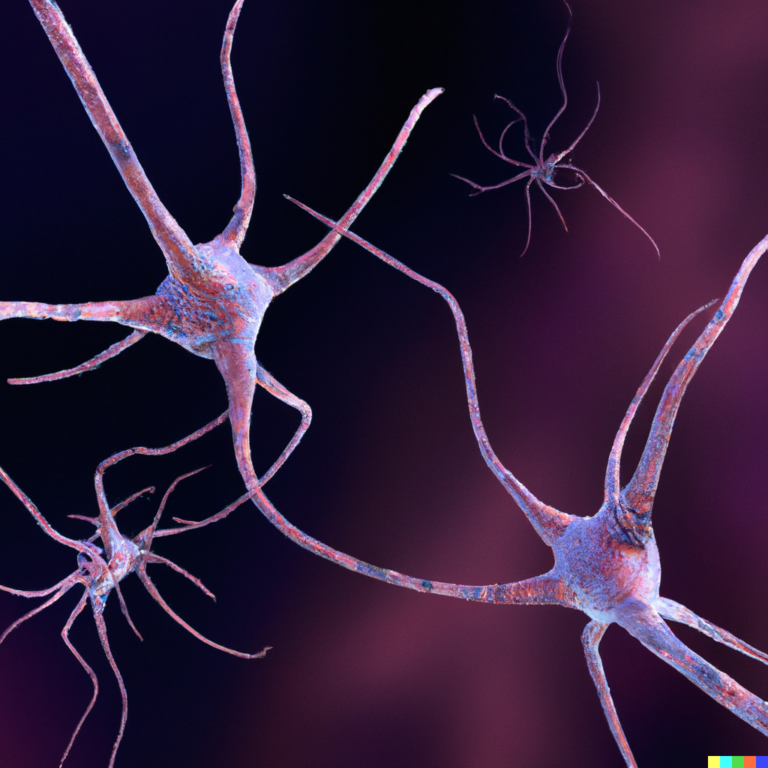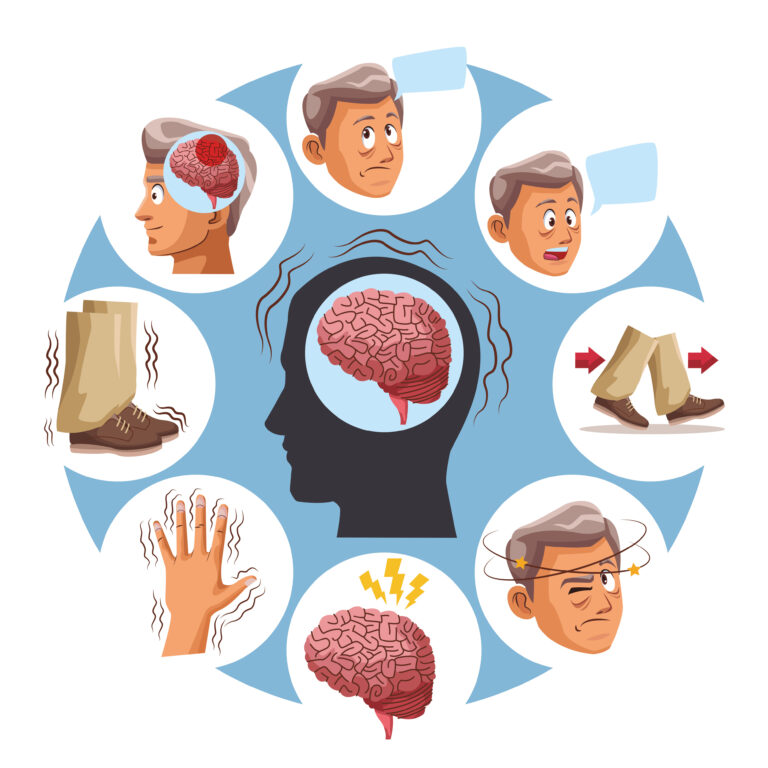Alzheimer’s disease is a progressive and devastating neurological disorder that affects millions of people worldwide. It is the most common form of dementia, accounting for 60-80% of all cases. This debilitating disease not only impacts the person diagnosed but also their family and caregivers. Currently, there is no cure for Alzheimer’s, and available treatments only provide temporary relief of symptoms. However, recent research has uncovered a potential breakthrough that could pave the way for a cure for this debilitating disease.
Scientists have long believed that the buildup of a protein called beta-amyloid in the brain is a major contributor to Alzheimer’s disease. This protein forms plaques that disrupt the communication between brain cells, leading to memory loss and cognitive decline. For many years, researchers have been trying to find a way to clear these plaques from the brain, with little success.
But now, a groundbreaking study conducted at the University of California, Irvine (UCI), has shown promising results in clearing these amyloid plaques from the brain. The study, published in the journal Nature, used ultrasound technology to stimulate microglial cells in the brain to clear the plaques. Microglia are the immune cells responsible for removing waste and debris from the brain.
The researchers used a non-invasive technique called focused ultrasound, which involves targeting sound waves to a specific area of the brain. These sound waves create tiny bubbles that can pass through the blood-brain barrier, a protective layer that prevents most substances from entering the brain. When these bubbles reach the targeted area, they emit energy that activates the microglia cells, making them more efficient in breaking down and clearing the amyloid plaques.
The study was conducted on mice genetically engineered to develop amyloid plaques and symptoms similar to Alzheimer’s disease. The results were astounding – after just one hour of ultrasound treatment, there was a significant reduction in amyloid plaques in the treated mice compared to the control group. What’s even more exciting is that this reduction in plaques was sustained even after three days of treatment.
But the benefits of this groundbreaking study did not stop there. The treated mice also showed improvements in memory and learning abilities. They were able to navigate through a maze faster and with more accuracy, a task they were struggling with before the treatment.
The researchers at UCI are now planning to conduct further studies to determine the long-term effects of this technique on Alzheimer’s disease. They also hope to test this treatment on larger animals before moving on to human trials. If successful, this could potentially lead to a new treatment for Alzheimer’s that targets the root cause of the disease – the accumulation of amyloid plaques in the brain.
This breakthrough study has given hope to millions of people around the world who are affected by Alzheimer’s disease. It could potentially change the landscape of Alzheimer’s treatment and provide a much-needed cure for this life-altering disease. However, it’s essential to note that there is still a long way to go before this technique can be used in clinical settings. Further research and trials are necessary to ensure its safety and effectiveness in humans.
In addition to this groundbreaking study, there are also other ongoing research efforts focused on finding a cure for Alzheimer’s disease. Some researchers are looking into targeting other proteins, such as tau, which also plays a crucial role in the development of Alzheimer’s. Others are exploring the potential of using stem cells to repair and regenerate damaged brain cells.
While these new treatments show promise, it’s important to remember that prevention is always better than cure. And the best way to prevent Alzheimer’s is to maintain a healthy lifestyle. Eating a balanced diet, staying physically and mentally active, and managing chronic conditions like diabetes and high blood pressure can significantly lower the risk of developing Alzheimer’s disease.
In conclusion, the recent study at UCI has shown promising results in potentially curing Alzheimer’s disease. However, it’s still too early to say whether this technique will be successful in humans. But it’s undoubtedly a step in the right direction and brings hope to those affected by this devastating disease. With ongoing research and advancements in technology, we can remain optimistic that one day, we will find a cure for Alzheimer’s disease and alleviate the suffering of millions of people around the world.





